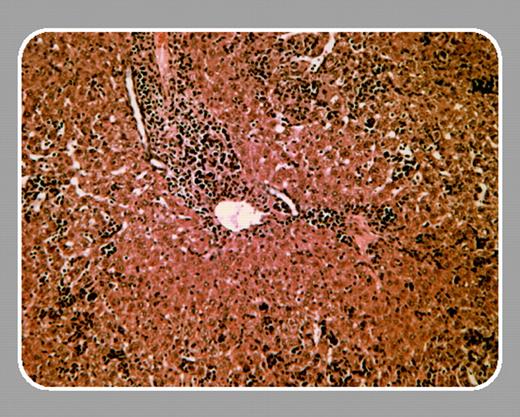HEMATOPOIESIS
The membrane-associated lipid phosphatidylinositol-3,4,5-trisphosphate (PIP3) is the key second messenger of the PI3 kinase (PI3K) pathway that regulates a broad variety of cellular functions, such as proliferation, differentiation, adhesion, survival, and metabolic activity.1 Basal levels of PIP3 are very low but increase significantly upon activation of PI3K. Subsequently, pleckstrin homology (PH) domain-containing proteins, including protein kinase B (PKB)/AKT, 3-phosphoinositide-dependent protein kinase-1 (PDK1), general receptor of phosphoinositides 1 (GRP1), Vav, and phospholipase C γ1 (PLCγ1), are translocated to the plasma membrane, mediating their regulatory effects. PIP3 levels are tightly regulated by phosphatases, including Src homology 2 (SH2)-containing inositol 5′-phosphatase (SHIP), SHIP2, and phosphatase with tensin homology (Pten). Whereas SHIP expression is confined to hematopoiesis, SHIP2 and Pten are more ubiquitously expressed. Hydrolization products of these phosphatases are different, and it is important to note that some of them may be biologically active. PI3,4-P2, the product of SHIP and SHIP2, may itself attract PH-containing proteins and may thereby cooperate with PIP3 in some cells.2
Fascinating insight into the role of phospolipid phosphatases in hematopoiesis has been gained by analyzing knockout mice. Targeted disruption of SHIP results in a myeloproliferative syndrome characterized by splenomegaly and extramedullary hematopoiesis.3 Granulocyte-macrophage progenitor cells are expanded and hypersensitive to growth factors. Pten-/- mice are embryonic lethal. Heterozygous Pten+/- mice survive but frequently develop cancer of different organs, consistent with the known function of Pten as a tumor suppressor.4 The hematopoietic phenotype of these mice is characterized by a progressive lymphoproliferative disease. In this issue of Blood, Moody and colleagues (page 4503) describe the complex hematopoietic phenotype of Pten+/- SHIP-/- mice. The aim of combining haploinsufficiency for Pten with SHIP deficiency was to exaggerate PIP3 dysregulation, potentially leading to leukemogenesis. Surprisingly, Pten+/- SHIP-/- mice did not develop myeloproliferation but did develop a myelodysplasia-like syndrome, characterized by marked leukocytosis, anemia, and thrombocytopenia that was not observed in SHIP knockout mice. Correspondingly, erythroid, megakaryocytic, and primitive myeloid (GEMM) progenitor numbers in bone marrow were markedly reduced. In some aspects, Pten heterozygosity did further aggravate the SHIP-/- phenotype: Pten+/- SHIP-/- hematopoietic progenitors were hyperresponsive to growth factors, and Pten+/- SHIP-/- mice demonstrated an even more pronounced extramedullary hematopoiesis compared with SHIP knockout mice. Interestingly, however, leukemic transformation could not be observed during the limited lifespan of the mice.FIG1
The severe disturbance of the hematopoiesis in Pten+/- SHIP-/- mice underscores the pivotal importance of these phospholipid phosphatases in blood formation. Nevertheless, the underlying mechanism of the complex hematopoietic phenotype remains unclear. The observed aggravation of some aspects of the SHIP-/- phenotype by addition of Pten haploinsufficiency argues for a key role of a dysregulation of the common substrate PIP3 that is only partially synergistic. In line with that explanation, it was demonstrated that in contrast to resting SHIP-/- bone marrow mononuclear cells, Pten-/- embryonic fibroblasts have elevated PIP3 levels, leading to an increased PKB/Akt activity that suggests differences in the regulation of PIP3 by the 2 phosphatases.2,4 The striking differences in the phenotypes of SHIP-/- mice and Pten+/- SHIP-/- mice may at least in part be the result of different expression levels of the 2 phosphatases in different hematopoietic lineages. Further differences may exist in the downstream signaling pathways of SHIP and Pten. PIP3-independent mechanisms have been described to be potentially involved in such a phenotype as well. Recently, Pten was shown to bind to the tumor suppressor p53 directly, thereby increasing its stability and transcriptional activity.5 The exciting findings of Moody and colleagues in this issue of Blood open the door for mechanistic studies that will eventually lead to an in-depth understanding of the role different phosphates and lipids of the PI3 kinase pathway play in regulating hematopoiesis.


This feature is available to Subscribers Only
Sign In or Create an Account Close Modal